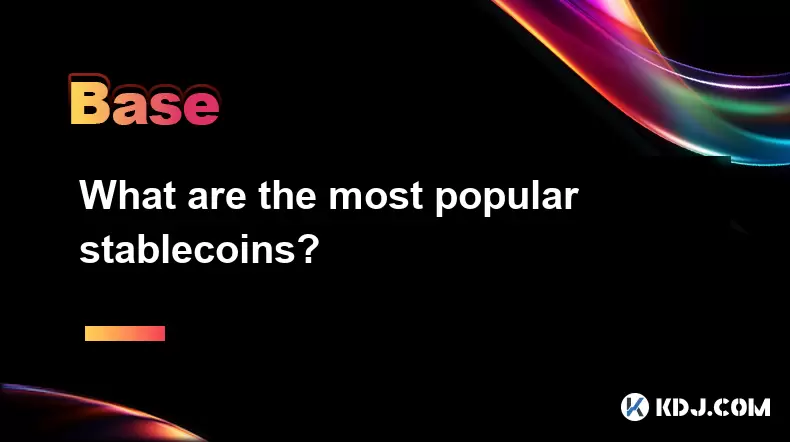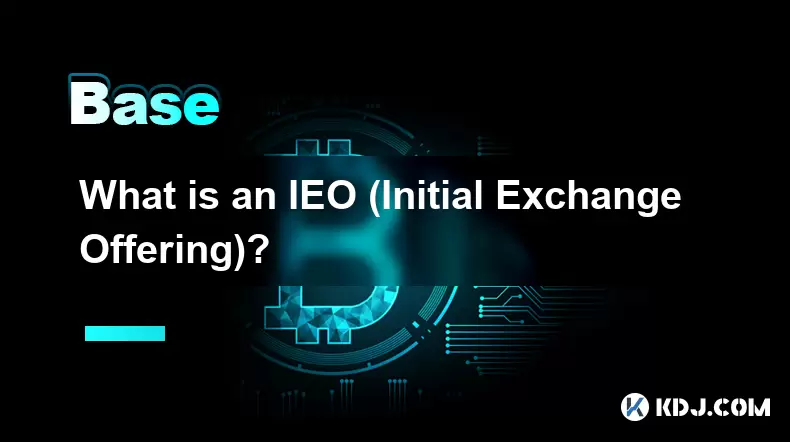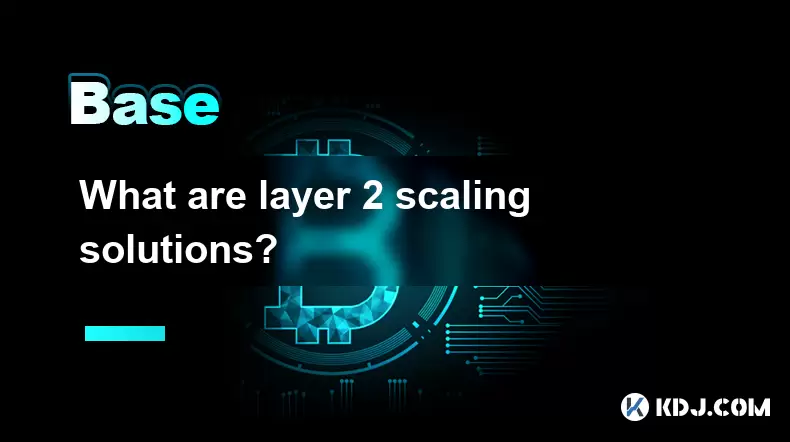-
 Bitcoin
Bitcoin $116400
-0.36% -
 Ethereum
Ethereum $4033
3.40% -
 XRP
XRP $3.302
-1.26% -
 Tether USDt
Tether USDt $1.000
-0.02% -
 BNB
BNB $796.1
1.67% -
 Solana
Solana $177.8
1.89% -
 USDC
USDC $0.9999
0.00% -
 Dogecoin
Dogecoin $0.2314
4.09% -
 TRON
TRON $0.3381
0.14% -
 Cardano
Cardano $0.7989
1.22% -
 Stellar
Stellar $0.4496
-1.84% -
 Chainlink
Chainlink $20.42
9.42% -
 Hyperliquid
Hyperliquid $41.17
0.88% -
 Sui
Sui $3.914
3.77% -
 Bitcoin Cash
Bitcoin Cash $584.7
1.52% -
 Hedera
Hedera $0.2632
-0.54% -
 Avalanche
Avalanche $24.09
3.40% -
 Ethena USDe
Ethena USDe $1.001
-0.02% -
 Litecoin
Litecoin $123.2
1.33% -
 Toncoin
Toncoin $3.318
-0.04% -
 UNUS SED LEO
UNUS SED LEO $8.984
-0.05% -
 Shiba Inu
Shiba Inu $0.00001323
2.85% -
 Uniswap
Uniswap $10.90
4.41% -
 Polkadot
Polkadot $3.999
3.34% -
 Dai
Dai $1.000
0.01% -
 Cronos
Cronos $0.1630
9.64% -
 Bitget Token
Bitget Token $4.484
0.82% -
 Monero
Monero $272.4
2.44% -
 Pepe
Pepe $0.00001173
6.03% -
 Aave
Aave $290.8
2.88%
What are the most popular stablecoins?
Stablecoins like USDT, USDC, and DAI offer price stability by being pegged to fiat or crypto assets, enabling secure, low-cost transactions and DeFi integration.
Aug 09, 2025 at 11:00 am

Understanding Stablecoins and Their Purpose
Stablecoins are a category of cryptocurrencies designed to maintain a stable value relative to a specific asset, typically a fiat currency like the US dollar. Unlike volatile cryptocurrencies such as Bitcoin or Ethereum, stablecoins aim to reduce price fluctuations by being pegged to reserves or using algorithmic mechanisms. This stability makes them ideal for everyday transactions, remittances, and as a hedging tool in the crypto market. The primary goal of a stablecoin is to combine the instant processing and security of cryptocurrencies with the stable value of traditional money. Most stablecoins are issued on blockchain platforms such as Ethereum, Binance Smart Chain, or Solana, allowing them to be transferred globally with minimal fees and delays.
Types of Stablecoins
Stablecoins are categorized based on how they maintain their peg. The three main types are:
- Fiat-collateralized stablecoins: These are backed 1:1 by reserves of fiat currency, such as USD, held in bank accounts. Examples include Tether (USDT) and USD Coin (USDC). Regular audits are supposed to verify these reserves, though transparency levels vary between issuers.
- Crypto-collateralized stablecoins: These are backed by other cryptocurrencies as collateral, often over-collateralized to absorb price swings. DAI, issued by MakerDAO, is a prominent example. It uses Ethereum-based assets as collateral and relies on smart contracts to maintain stability.
- Algorithmic stablecoins: These use algorithms and smart contracts to control supply and demand, adjusting the number of tokens in circulation to maintain the peg. An example is the now-defunct TerraUSD (UST), which collapsed in 2022 due to a loss of confidence and failed peg mechanism.
Each type has its own risk profile, with fiat-collateralized coins generally considered more reliable due to their tangible backing.
Top Fiat-Collateralized Stablecoins
The most widely used stablecoins fall into the fiat-collateralized category. Among them:
- Tether (USDT): As the first major stablecoin, USDT dominates trading volume across exchanges. It operates on multiple blockchains, including Ethereum (as an ERC-20 token), Tron, and Bitcoin’s Omni layer. Despite controversies over reserve transparency, it remains the most traded stablecoin.
- USD Coin (USDC): Issued by Circle in partnership with Coinbase, USDC is fully backed by cash and short-term US Treasury bonds. It undergoes monthly attestations by accounting firms, offering higher transparency than USDT. USDC is widely accepted on DeFi platforms and centralized exchanges.
- TrueUSD (TUSD): Developed by TrustToken, TUSD emphasizes legal protections and regular third-party verification. It supports multiple blockchains and aims to provide enhanced investor safeguards.
These coins are frequently used for trading pairs, cross-border payments, and as a safe haven during market volatility.
Leading Crypto-Collateralized Stablecoin: DAI
DAI stands out as the most popular decentralized stablecoin. Unlike USDT or USDC, DAI is not backed by fiat but by crypto assets locked in smart contracts on the Ethereum blockchain. Users generate DAI by depositing collateral—such as ETH or WBTC—into Maker Vaults. The system uses automated liquidations and stability fees to maintain the peg. If the value of the collateral drops below a threshold, it is automatically sold to protect the system.
To interact with DAI:
- Connect a Web3 wallet like MetaMask to the MakerDAO app.
- Navigate to the Collateralized Debt Position (CDP) portal.
- Select a collateral type and deposit assets.
- Generate DAI up to a certain loan-to-value ratio.
- Repay the DAI plus a stability fee to retrieve the collateral.
DAI’s governance is managed by MKR token holders, who vote on risk parameters and system upgrades. This decentralized model appeals to users who prioritize trustlessness and transparency.
Other Notable Stablecoins
Beyond the major players, several other stablecoins serve niche markets or offer unique features:
- Binance USD (BUSD): A regulated stablecoin issued by Binance in collaboration with Paxos. It was approved by the New York State Department of Financial Services (NYDFS). However, in 2023, Paxos ceased minting new BUSD due to regulatory pressure, limiting its future growth.
- Pax Dollar (USDP): Formerly Paxos Standard, USDP is another product from Paxos. It is fully backed and redeemable 1:1 for USD. It supports Ethereum and BNB Chain, and is used in various DeFi applications.
- Neutrino USD (USDN): Built on the Waves blockchain, USDN is an algorithmic stablecoin backed by WAVES tokens. It has faced criticism for volatility during market stress.
These alternatives offer interoperability and integration with specific ecosystems, though they generally have lower market capitalization and adoption than USDT or USDC.
How to Use Stablecoins in Practice
Using stablecoins involves several straightforward steps:
- Choose a reputable exchange like Coinbase, Binance, or Kraken.
- Complete identity verification (KYC) if required.
- Deposit fiat currency (e.g., USD) via bank transfer or card.
- Purchase the desired stablecoin (e.g., USDC or USDT).
- Withdraw the stablecoin to a personal wallet or use it directly in DeFi protocols.
For DeFi usage:
- Connect your wallet to platforms like Aave, Uniswap, or Compound.
- Deposit stablecoins to earn interest or provide liquidity.
- Monitor yield rates and smart contract risks before committing funds.
Always verify the contract address of a stablecoin to avoid scams, especially on decentralized exchanges.
Frequently Asked Questions
Are stablecoins safe to hold long-term?
While stablecoins are less volatile than other cryptocurrencies, risks include issuer insolvency, regulatory crackdowns, and loss of peg. Holding large amounts carries counterparty risk, especially with less transparent issuers like Tether.
Can stablecoins lose their peg?
Yes. Events like bank runs (e.g., USDC losing peg in March 2023 due to Silicon Valley Bank exposure) or market panic (e.g., UST collapse) can cause temporary or permanent de-pegging. Monitoring reserve health and news is essential.
Do stablecoins earn interest?
Many platforms offer interest on stablecoin deposits through lending protocols or savings accounts. For example, Aave and BlockFi (before bankruptcy) provided yields. Always assess platform credibility before depositing.
How are stablecoins taxed?
In jurisdictions like the US, exchanging stablecoins for other cryptocurrencies may trigger capital gains tax if the value has changed. Holding stablecoins without trading typically does not incur taxes, but staking or lending may be considered taxable income.
Disclaimer:info@kdj.com
The information provided is not trading advice. kdj.com does not assume any responsibility for any investments made based on the information provided in this article. Cryptocurrencies are highly volatile and it is highly recommended that you invest with caution after thorough research!
If you believe that the content used on this website infringes your copyright, please contact us immediately (info@kdj.com) and we will delete it promptly.
- SHIB Price, Meme Coin Mania, and the 250x Potential Hunt
- 2025-08-09 16:30:13
- SOL, ETFs, and AI: Crypto's Triple Threat Sensation!
- 2025-08-09 17:10:12
- Tokenized Stock on Solana: SOL Price Reacts to Exodus's Bold Move
- 2025-08-09 17:10:12
- Meme Coins on Blockchains in 2025: Hype or the Future?
- 2025-08-09 16:50:11
- World Liberty Financial, Public Listing, and WLFI Tokens: A New York Minute on the Trump-Backed Crypto Venture
- 2025-08-09 16:50:11
- Holy Grail Coin Hunting: Rare Errors and Value Increases You Need to Know!
- 2025-08-09 16:30:13
Related knowledge

What happens if I forget my crypto wallet password?
Aug 09,2025 at 08:50am
Understanding the Role of a Crypto Wallet PasswordA crypto wallet password serves as a critical security layer that protects access to your digital as...

Can you reuse a crypto wallet address?
Aug 08,2025 at 03:49pm
Understanding Wallet Addresses in CryptocurrencyA crypto wallet address is a unique identifier used to send and receive digital assets on a blockchain...

What is an IEO (Initial Exchange Offering)?
Aug 09,2025 at 06:22am
Understanding the Concept of IEO (Initial Exchange Offering)An Initial Exchange Offering (IEO) is a fundraising method used by blockchain-based projec...

Are meme coins a good investment?
Aug 08,2025 at 11:36pm
Understanding Meme Coins and Their OriginsMeme coins are a category of cryptocurrencies that originated from internet humor or viral trends rather tha...

What are layer 2 scaling solutions?
Aug 09,2025 at 04:07am
Understanding Layer 2 Scaling Solutions in CryptocurrencyIn the world of blockchain and cryptocurrencies, scalability has long been a pressing challen...

How are flash loans used?
Aug 08,2025 at 01:08pm
Understanding Flash Loans in Decentralized FinanceFlash loans are a unique innovation within the decentralized finance (DeFi) ecosystem, allowing user...

What happens if I forget my crypto wallet password?
Aug 09,2025 at 08:50am
Understanding the Role of a Crypto Wallet PasswordA crypto wallet password serves as a critical security layer that protects access to your digital as...

Can you reuse a crypto wallet address?
Aug 08,2025 at 03:49pm
Understanding Wallet Addresses in CryptocurrencyA crypto wallet address is a unique identifier used to send and receive digital assets on a blockchain...

What is an IEO (Initial Exchange Offering)?
Aug 09,2025 at 06:22am
Understanding the Concept of IEO (Initial Exchange Offering)An Initial Exchange Offering (IEO) is a fundraising method used by blockchain-based projec...

Are meme coins a good investment?
Aug 08,2025 at 11:36pm
Understanding Meme Coins and Their OriginsMeme coins are a category of cryptocurrencies that originated from internet humor or viral trends rather tha...

What are layer 2 scaling solutions?
Aug 09,2025 at 04:07am
Understanding Layer 2 Scaling Solutions in CryptocurrencyIn the world of blockchain and cryptocurrencies, scalability has long been a pressing challen...

How are flash loans used?
Aug 08,2025 at 01:08pm
Understanding Flash Loans in Decentralized FinanceFlash loans are a unique innovation within the decentralized finance (DeFi) ecosystem, allowing user...
See all articles

























































































